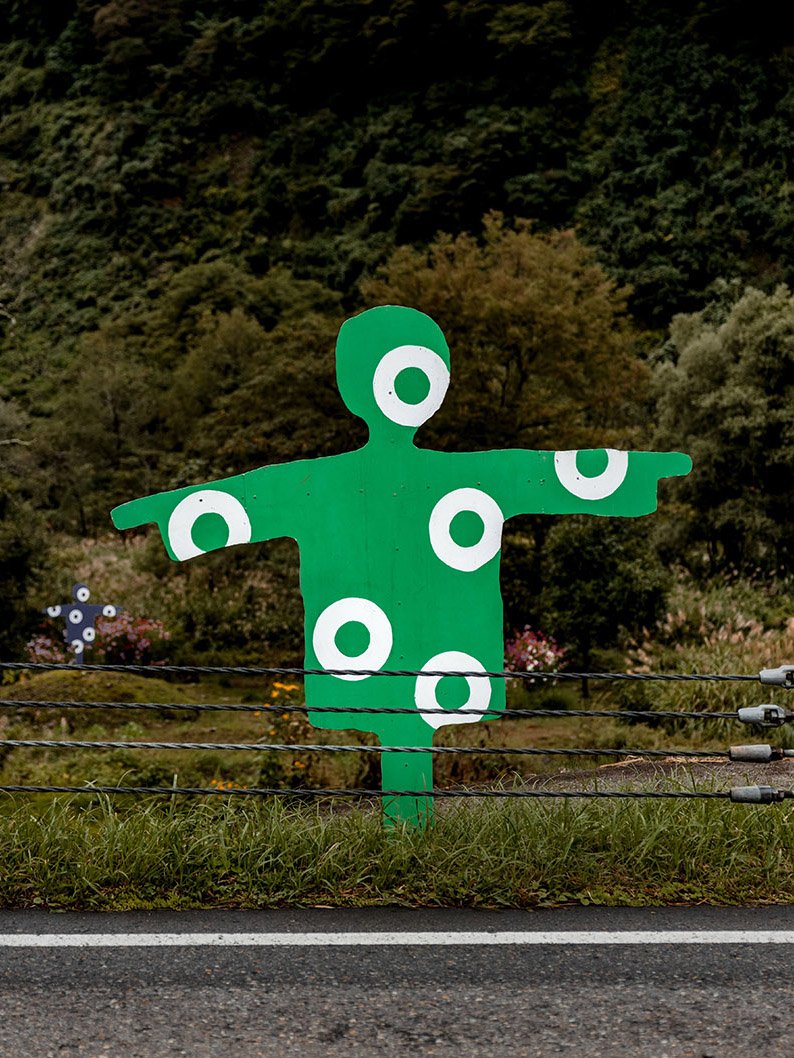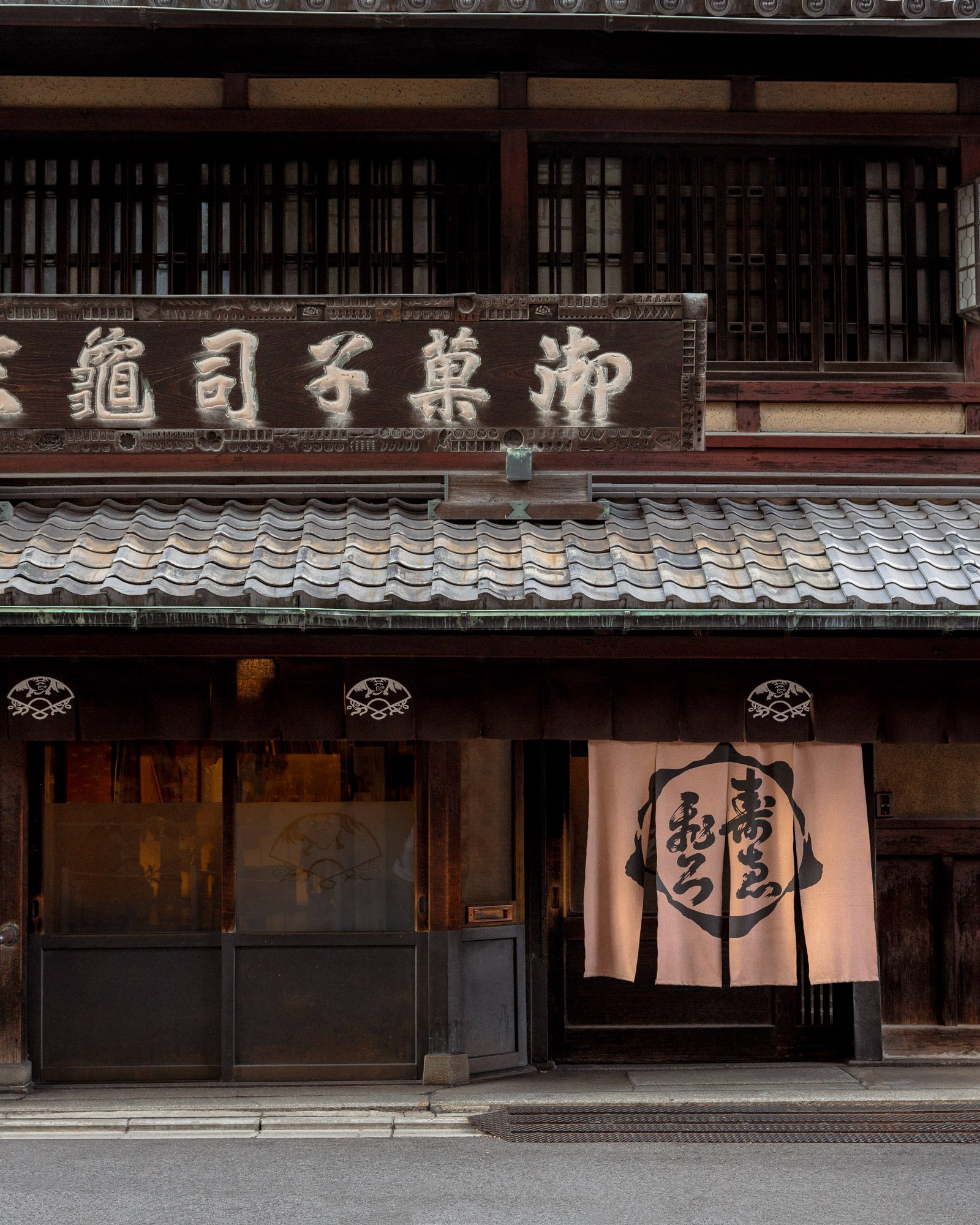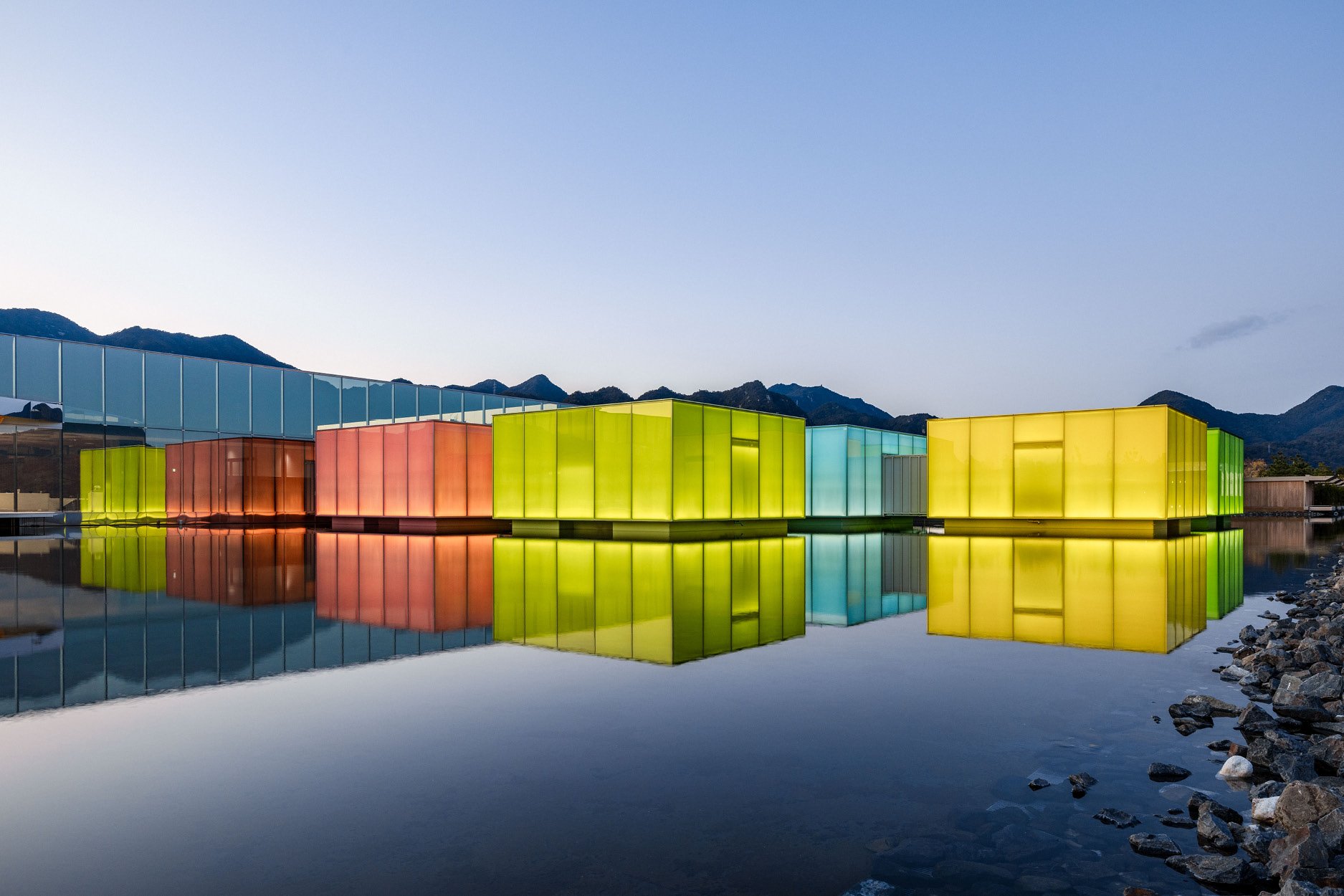Art in the Countryside: Echigo-Tsumari Art Field
With so many places to see and things to do, deciding on what to include in a two-week itinerary for Japan is a challenge. Even if you have more time on your hands, it’s no surprise that the more off-the-beaten-track locations and events often go missed, or don’t get considered in the first place.
Perhaps overshadowed by the famous art island of Naoshima, Echigo-Tsumari Art Field, a somewhat unknown area, seamlessly combines rural Japan with modern artistic expressions from both local and international artists alike. If your schedule allows and you’re a fan of art & design, a visit to the Echigo Tsumari Region is well worth the trip.
What is the Echigo-Tsumari Region?
Located in the provincial Echigo-Tsumari region of Niigata Prefecture, the area spans 760 square kilometres of creative outdoor space, where a wide array of Japanese and international artists display their creations. Towns, villages, schools, parks, and rice fields are used to display a range of artworks. Most are drawn to the area for the Echigo-Tsumari Triennale held every three years, when hundreds more artworks are added to the permanent displays.
Discover more about Echigo-Tsumari and hundreds of other unique destinations in my brand new guidebook, Views from Japan.
Which Artworks Are on Display?
Over 200 artworks are scattered across the Echigo-Tsumari region. With its incredible rural landscapes of terraced rice fields, lush green hills, and small local villages, it may be the most surprising spot in the world for the likes of Yayoi Kusama and James Turrell to display art, yet each piece manages to blend into the epic views and natural surroundings effortlessly.
A rapidly aging society and a younger generation migrating to the city means these are more than just creative pieces. They’re a way to encourage people & tourists to visit the region and get the local community involved at the same time.
The Kiyotsu Gorge and Tunnel of Light
The Tunnel of Light at Kiyotsu Gorge is an immersive experience showcasing art, architecture, and nature. A 750-meter passageway has been carved through distinctive rock formations, leading visitors along underground tunnels scattered with interactive artworks and light installations. The end of the tunnel provides panoramic views straight down the middle of Kiyotsu Gorge, with the shimmering reflection of water in front.
Top tip: If you’re in the area, make sure to check out Matsudai Castle, Echigo Matsunoyama Kyroro Forest, and Museum on Echigo-Tsumari, MonET. All are highly worth the visit.
Important Information
Opening times
The Echigo-Tsumari Art Triennale is taking place at Echigo-Tsumari Art Field between 13 July – 10 November 2024. The Tunnel of Light is open year-round.
How to Get There
Take a 1-hour train from Tokyo Station to Echigo Yuzawa Station, from there it takes 30 minutes to access Tokamachi Station. Despite easy access via train, it is highly recommended to hire a car once in the area to make the most of experiencing all of the artworks..
Where to Stay
Takahan Ryokan
This family-owned ryokan in Niigata’s snow country had a history dating back over a century. 36 guest rooms feature a mix of tatami floors and traditional Japanese layouts, and western-style rooms with panoramic views of Yuzawa town below. The hotel’s natural onsen is the real show stopper. Dating back over 900 years, the hot spring water flows just as it did many centuries ago. The in-house restaurant serves locally-sourced cuisine including fresh seafood from the nearby Sea of Japan, and local meat and vegetables.
Related post: 6 Remote Hotels For Your Next Trip to Japan
Discover Japan Like Never Before. Tried & Tested by a Local.
For the design-conscious, culturally curious and forward-thinking travellers amongst us, Views from Japan is a brand new travel guidebook that gives you all the tools you need to unlock remote destinations, delve into unique cultural experiences and discover lesser-known neighbourhoods, without spending hours trawling the web or following generic itineraries.

















